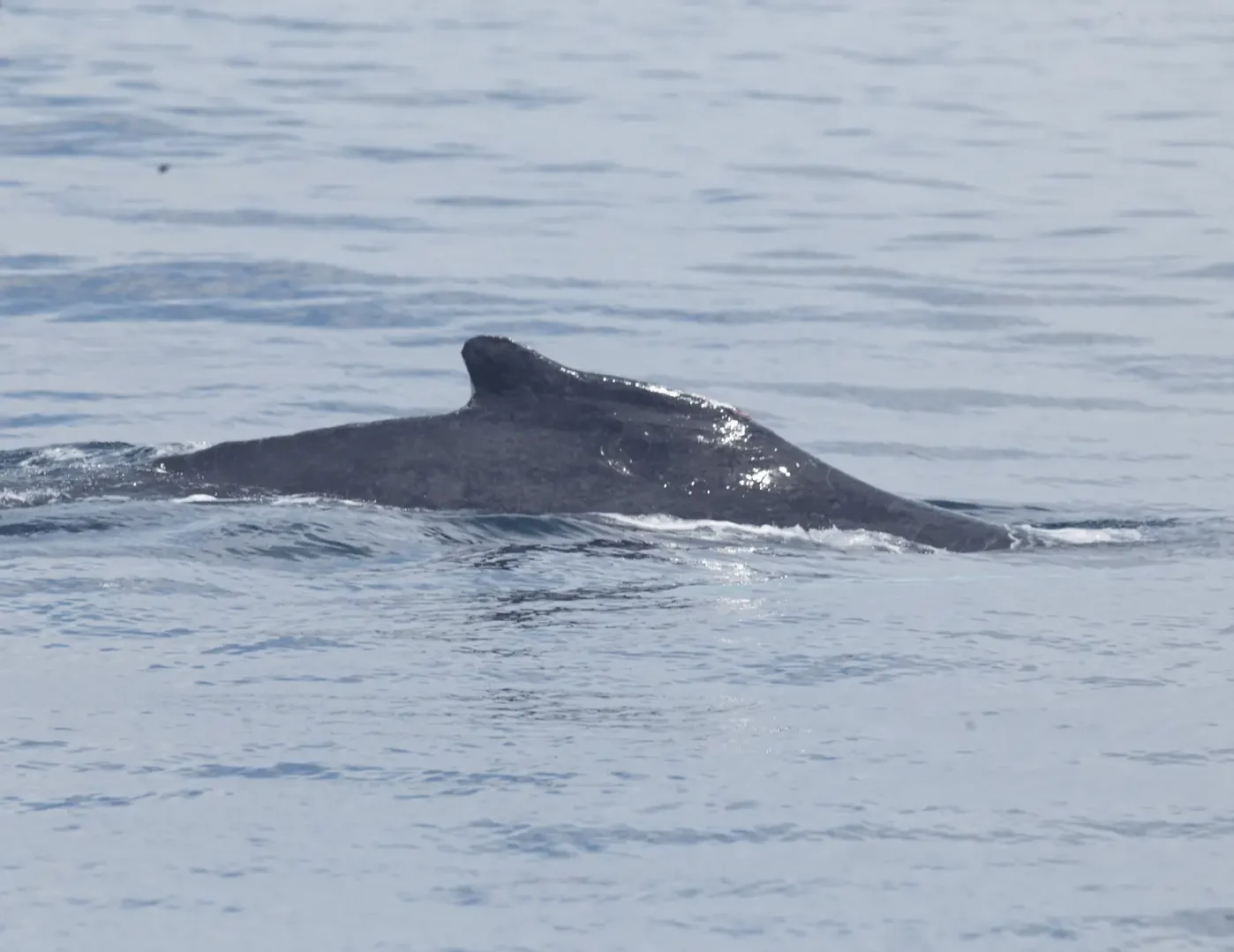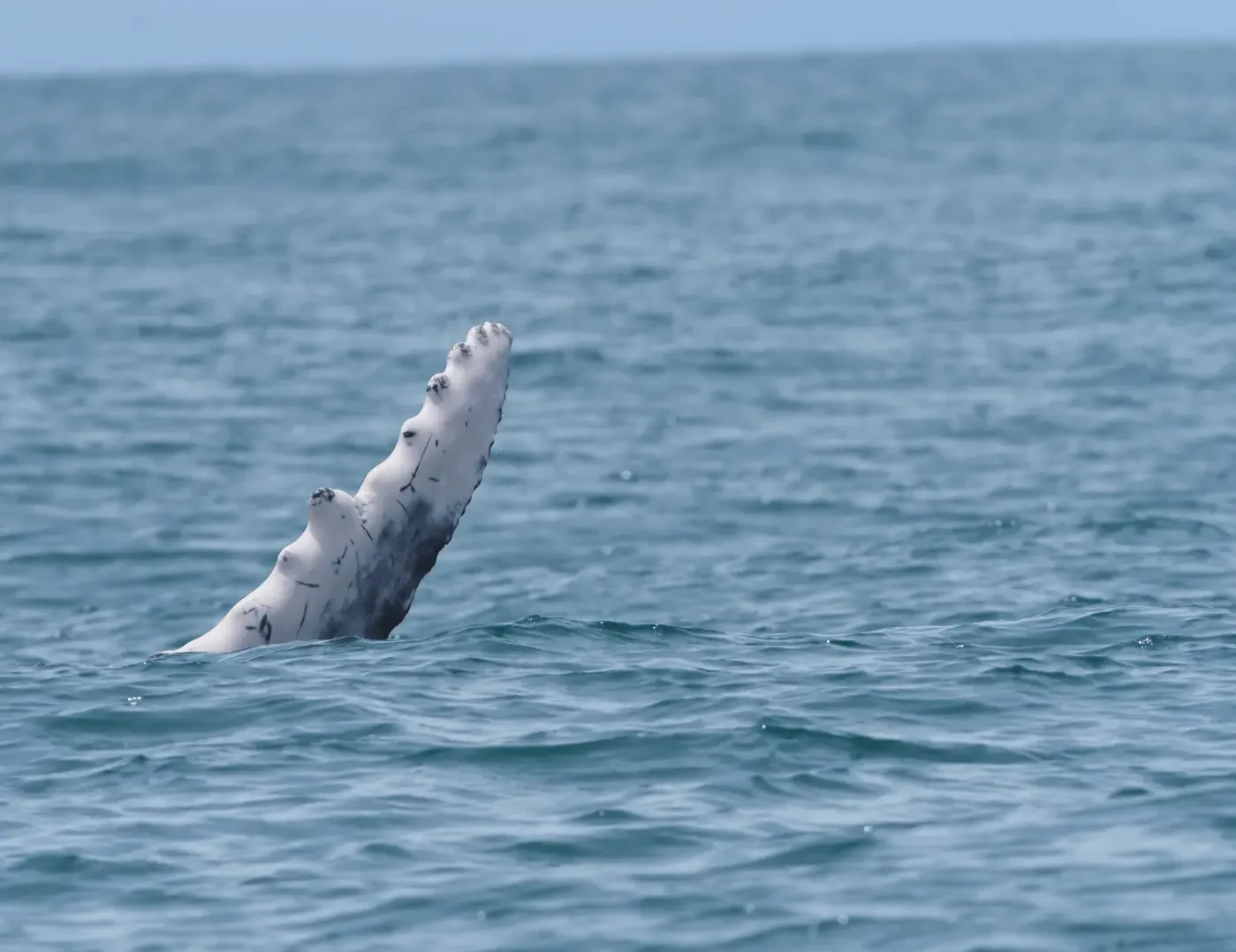
HUMPBACK WHALE
MONITORING
Immerse yourself in the fascinating world of whales and their mysterious calls. Learn about Innoceana’s whale monitoring in the biodiverse waters of the Osa Peninsula and Isla del Caño. Protecting these intelligent mammals is crucial for ocean health and the future of marine life.






HUMPBACK WHALES
Humpback whales (Megaptera novaeangliae) are known for their acrobatic displays and songs. Growing up to 60 feet (18 meters) and weighing 40 tons (36,000 kg), they filter-feed using baleen plates.
Whales use sounds to communicate, navigate, and find food. These vocalizations are essential for their survival.
HUMPBACK WHALES OF OSA AND ISLA DEL CAÑO
The warm, calm waters of this region provide vital feeding and breeding grounds, serving as crucial stopovers for mating and calf-rearing for two distinct humpback whale populations:
- Southern Hemisphere Humpbacks migrate here from
Antarctica (July to November). - North Pacific Humpbacks travel from Alaska and Canada
(December to April).
Did you know that humpback whales can sing complex melodies that last for hours?
Although they use whops and bumps to catch their prey, male humpback whales can sing complex, melodic songs during their mating periods, especially in Costa Rican waters. These enchanting songs can last from 20 minutes to an hour, with recordings even reaching up to 7 hours, and are crucial for finding a partner.
Male humpback whales sing complex, melodic songs during mating periods, especially in Costa Rican waters. These songs, which can last from 20 minutes to several hours, play a crucial role in attracting mates.
At Innoceana, we record whale sounds, along with regular surveys, to understand their behavior, track movements, and monitor population health—key to conservation efforts.


RECORDING AND VISUALIZING WHALE SOUNDS
We use underwater microphones called hydrophones to
capture whale songs. These devices can monitor and record whale sounds up to a mile away.
The recordings are then analyzed and the sound is represented visually using spectrograms. Spectrograms help scientists study the frequency, patterns, and rhythms of whale calls, revealing valuable information about whale communication and behavior.
Protecting Humpback Whales
Climate change and human activities threaten whales:
- Migration Changes: Warmer oceans may disrupt migration routes.
- Food Supply: Warming waters affect krill and other prey.
- Habitat Degradation: Ocean acidification harms breeding grounds.
Human impacts include:
- Ship Collisions
- Fishing Gear Entanglement
- Noise Pollution
- Pollution and Habitat Loss

